 This week citizens submitted two separate filings to the Nuclear Regulatory Commission (NRC) opposing Luminant (formerly TXU)’s proposed Comanche Peak nuclear reactors. Petitioners include state Rep. Lon Burnam, the SEED Coalition, Public Citizen and the Ft. Worth based True Cost of Nukes.
This week citizens submitted two separate filings to the Nuclear Regulatory Commission (NRC) opposing Luminant (formerly TXU)’s proposed Comanche Peak nuclear reactors. Petitioners include state Rep. Lon Burnam, the SEED Coalition, Public Citizen and the Ft. Worth based True Cost of Nukes.
In the past, NRC has made companies jump through two major hoops before their operating license is granted. First, the company must complete the reactor design certification process which ensures that the design for the plant is safe. If a company decides to choose a pre-certified design that has been built before and the NRC has vetted, they may get their operating license faster because they can skip dealing with design issues. After their design is approved, the company can then file for their license to operate in a separate process. This is when citizens have the opportunity to analyze such documents as the Environmental Impact Statement and file contentions.
But for this new fleet of nuclear plants being licensed, the NRC has streamlined this process, combining both the design certification and licensing process into one. This is a major problem for reactors such as those proposed at Comanche Peak because they are submitting a design that has never been built before anywhere in the world. It hardly makes sense that NRC can approve a plant to operate when they don’t even know if the plant design is feasible or safe, but that is exactly what is happening. This is kind of like getting in car and driving off to the drugstore when you’re not sure where it is and… oops, might not even know how to drive.
“By moving the license forward without having certified the design, the NRC is violating its own rules,” said attorney Robert Eye, “The licensing process should be halted until the NRC can honestly say that the reactor design is safe.”
Rep. Lon Burnam has compared what the NRC is doing to making those living near Comanche Peak “guinea pigs in a radioactive experiment.” Other nuclear plants that have gone forth with construction before their design was finalized and approved by regulators have seen serious complications.
In addition to the madness of the NRC’s licensing process, there were even further contentions filed concerning defects in Comanche Peak’s license application. These contentions include:
- inadequate fire protection
- no viable radioactive waste disposal plan
- inability to secure against airplane attacks
- financial, health and safety risks
- vast water consumption
- failure to address safe, clean energy alternatives
The next step in this process is for the NRC to respond to citizen’s petitions and contentions.
For further information on contentions filed, check out SEED Coalition’s press release after the jump. (more…)
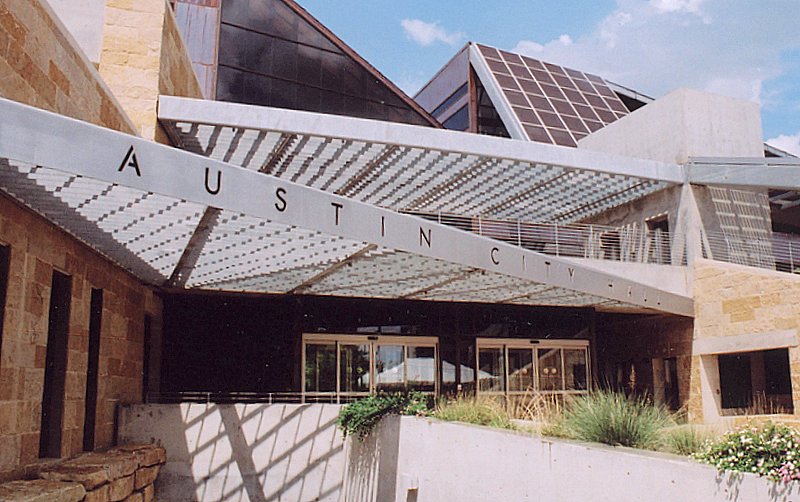 Want to vote in the upcoming City of Austin Municipal Elections? The deadline to vote in the May 9th elections is this Thursday, March 9th.
Want to vote in the upcoming City of Austin Municipal Elections? The deadline to vote in the May 9th elections is this Thursday, March 9th.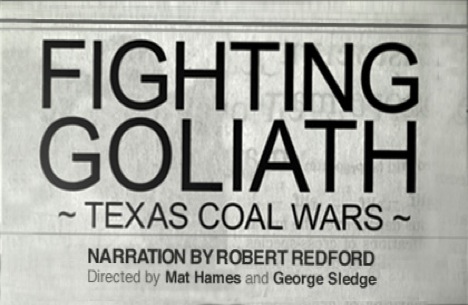 Live in the Houston area? This Wednesday, April 8, at 11:00 am, Houston Community College will be showing both
Live in the Houston area? This Wednesday, April 8, at 11:00 am, Houston Community College will be showing both 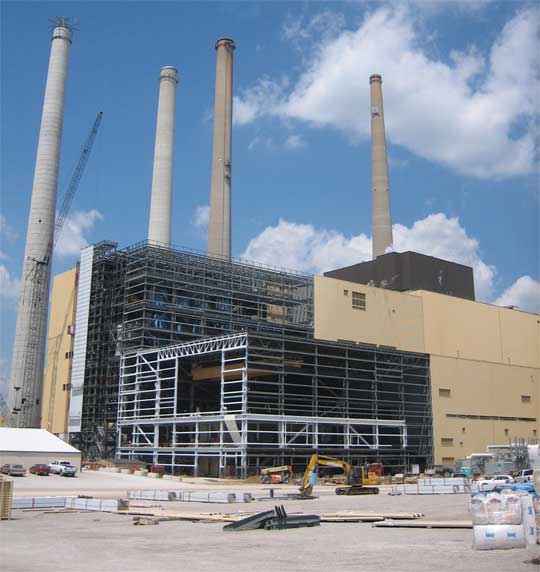 This past Monday there was a public meeting to give the local community a chance to voice their opinion about the proposed White Stallion Power Plant near Bay City, Texas. The plant would be approximately a mile south of Bay City off of FM 2668, and construction is scheduled to begin next year.
This past Monday there was a public meeting to give the local community a chance to voice their opinion about the proposed White Stallion Power Plant near Bay City, Texas. The plant would be approximately a mile south of Bay City off of FM 2668, and construction is scheduled to begin next year.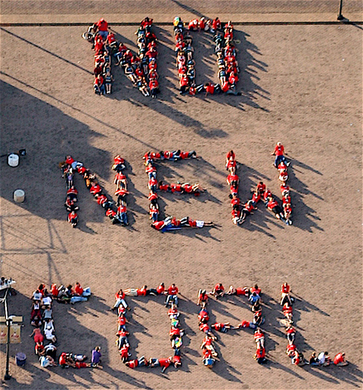 Yesterday morning we held a press conference to highlight the importance of the proposed coal moratorium bill, SB 126, sponsored by State Sen. Rodney Ellis, and its companion bill in the house, HB 4384, sponsored by Rep. Allen Vaught.
Yesterday morning we held a press conference to highlight the importance of the proposed coal moratorium bill, SB 126, sponsored by State Sen. Rodney Ellis, and its companion bill in the house, HB 4384, sponsored by Rep. Allen Vaught. Good mooooooorning Texas! Just woke up, haven’t even gotten out of my pajamas or had my coffee (okay, I’m running a little late), but I couldn’t wait a moment longer to spread the good news. We’ve hit the big Times.
Good mooooooorning Texas! Just woke up, haven’t even gotten out of my pajamas or had my coffee (okay, I’m running a little late), but I couldn’t wait a moment longer to spread the good news. We’ve hit the big Times.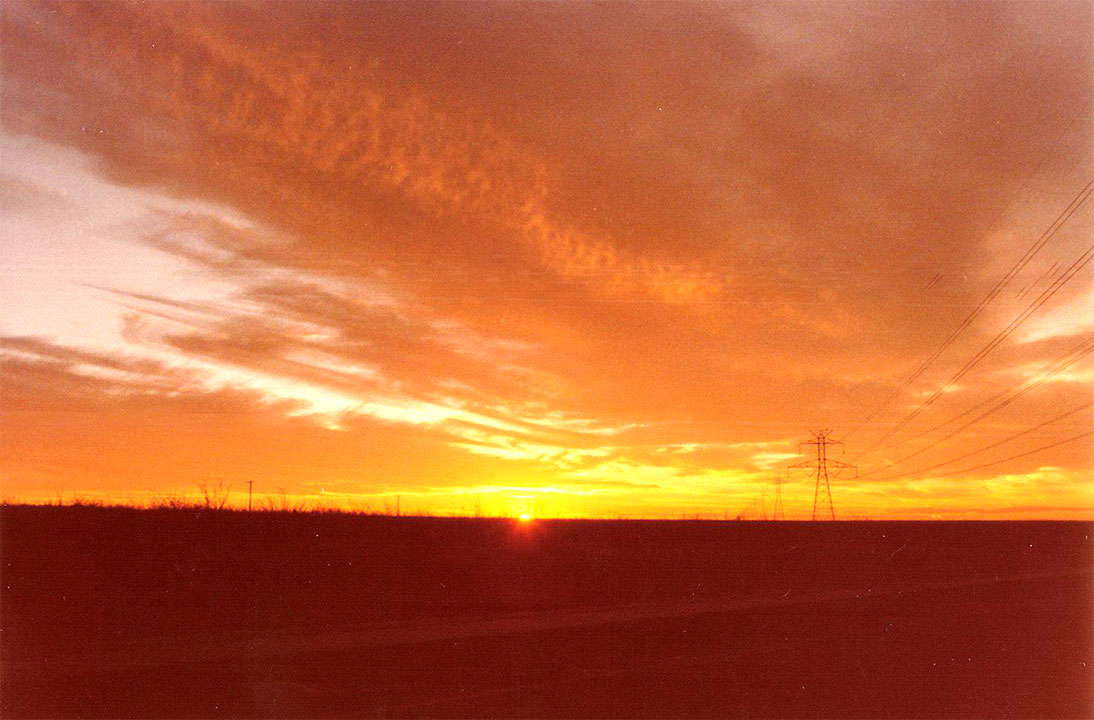 Hey folks, tomorrow a whole host of solar bills are going into be heard in the Senate Business and Commerce Committee. Our friends over at Environment Texas have a petition up where you can
Hey folks, tomorrow a whole host of solar bills are going into be heard in the Senate Business and Commerce Committee. Our friends over at Environment Texas have a petition up where you can 




